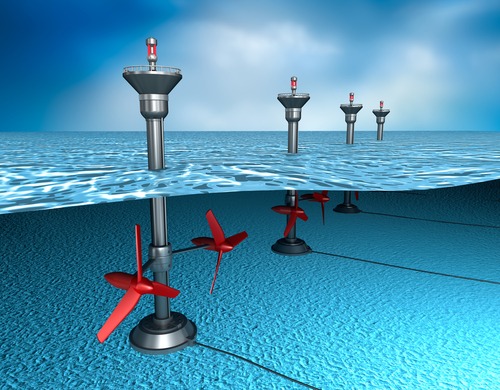DOE to support R&D, demonstration efforts for wave power electricity with $25M in funding

The U.S. Department of Energy (DOE) this week announced $25 million in funding for eight research, development, and demonstration projects pertaining to commercialized wave energy technologies as a means of creating electricity.
The technology is based on a simple concept from nature. Waves are created when wind blows over the surface of open water in the ocean, and this movement results in a substantial amount of natural energy. Wave energy converters are designed to capture and convert these waves into carbon-free electricity. However, such converters need to be tested in realistic conditions, often subject to permitting challenges and a lack of test sites.
With this funding, DOE will support testing at a facility it partnered with Oregon State University to create: the PacWave South test facility off the Oregon coast.
“Harnessing the unrelenting power of the ocean is a clean, innovative, and sustainable way to curtail carbon pollution — benefitting American businesses and families, especially coastal communities hit hardest by the impacts of climate change,” Secretary of Energy Jennifer Granholm said. “Diversifying and expanding our clean energy sources will usher in a new era of energy independence that makes the grid more resilient, curbs the climate crisis, and saves Americans money on their energy bills.”
Projects include:
- Testing wave energy converter designs for use in remote areas or with small, local energy grids, as pursued by CalWave Power Technologies Inc. and Columbia Power Technologies Inc.
- Developing wave energy converter designs capable of connection to or disconnection from the grid, as sought by Dehlsen Associates, LLC and Oscilla Power Inc.
- R&D of environmental monitoring technologies, instrumentation systems for controlling wave energy converters, and other technologies as desired by Integral Consulting, Littoral Power Systems, Inc., Portland State University, and the University of Washington.
By working at the PacWave facility, all will be able to utilize the country’s first accredited, grid-connected, open-water wave energy test facility, entirely pre-permitted. By moving these technologies closer to commercial viability and deployment, the DOE hopes they will help further decarbonize the U.S. grid and achieve a national net-zero carbon emissions goal by 2050.
